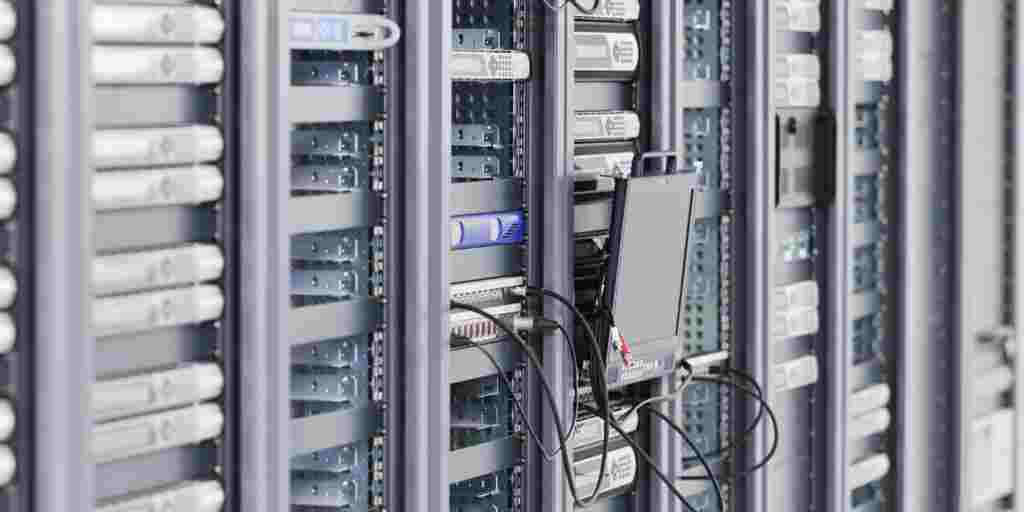Big data is a hot topic now, as massive amounts of data are being collected on everyone. People are asking each other, “Now that I have all of this data, what do I do with it?” Data without a way to use it has little value. Data that can be used can be invaluable.
Looking for Obvious Needs and Hazards
Using a person’s habits to identify preferences or needs is fairly straightforward. A person who has a history of watching action movies may be interested in buying a new action video release. A person who eats too many cheeseburgers with fries may need to have his blood lipids measured or get a membership at an exercise club.
Ready access to data can help to identify problems much earlier than before. Currently it may take years for people to become aware of the problems associated with a newly introduced activity such as flying in a hot-air balloon. This can be a real problem if reporting is not mandatory, data reporting is not centralized and incidents are infrequent. It can take some time for people to connect the dots. By accessing activity data in real-time, the associations may be detectable sooner and people alerted before more damage is done. People have developed such programs for early detection of food poisoning outbreaks and release of biological agents by terrorists, to name just a few.
These problems can be challenging but are relatively simple compared to the issues involved with handling really big data.
Trying to Find Subtle Clues
Using big data can become far more challenging when the number of potential problems is huge, you do not know what you are looking for, and the evidence is subtle. Some people hope that analyzing big data can result in new and unforeseen medical discoveries. Trying to make sense of unstructured and uncontrolled data is not going to be easy. Perhaps we are like an alchemist who wants to convert lead into gold.
There needs to be some way to put the data, patients, and problems into perspective. One way to do this may be with medical algorithms. There are thousands of medical algorithms that can:
- Confirm a Diagnosis
- Determine its Severity
- Gauge its Response to Therapy
- Determine Impact
Making the algorithms autonomous and having them access the data as it becomes available allows those that can execute to do so. An algorithm that executes can also wake up linked algorithms, shedding more light onto the situation. This can give a real-time perspective onto the data and the patient’s status at a given moment or over time.
For example, you may collecting data from a person with rheumatoid arthritis. The patient may be on multiple medications including drugs for pain. The patient may show variable compliance, smoke and drink alcohol. If the patient develops an adverse drug event, or has a better than expected response, then why? How active or severe is the rheumatoid arthritis? What is the patient’s renal function? Does the patient have metabolic syndrome? How much pain medication has the patient taken and for how long? How severe is the alcohol intake? Medical algorithms can help sort out these issues and give useful insights on the patient.
Here’s just a sampling of medical algorithms that are related to monitoring a patient with rheumatoid arthritis and the issues mentioned above:
- Simplified Risk Factor Score for NSAID Gastrointestinal Side Effect in a Patient with Rheumatoid Arthritis
- Estimation of Person’s Alcohol Intake Over Several Years
- Rheumatoid Arthritis | Stoke Index for Measuring Disease Activity
- Rheumatoid Arthritis | Criteria for Therapeutic Response
- Criteria for Diagnosis of Metabolic Syndrome
While it might be hard to find people who share these same characteristics in a single clinic or community, you may be able to find enough subjects to detect a pattern if you have access to a global population . In this way you may be able to come up with new insights that were not available before.

